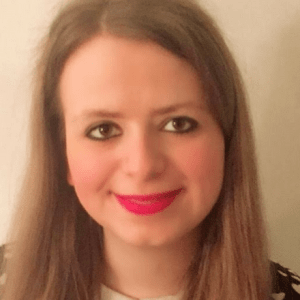CIPR Foundation Award in Public Relations: What I learnt on day one!
The average consumer is exposed to around 10,000 advertisements and brand messages every single day. It does, however, take the average person between 7 and 20 times of being exposed to the same piece of content, before they take action on it. With this in mind, content creation skills are now even more critical than they have ever been before.
The Level 3 Foundation Award in Public Relations is the entry point to the CIPR’s suite of professional qualifications. The course aims to teach you the skills required for an entry-level PR role, including creating content for different media outlets, both traditional and digital, as well as explaining what exactly PR practitioners do and don’t do as part of their job.
Nesma tutor Laurel Hetherington taught our first session for the CIPR Foundation Award, who is an experienced lecturer and trainer from the Foundation Level, right up to the Masters’ diploma. In the morning, we learned how to define the role of public relations and how to explain the different types of PR, including the four models of public relations and the PR transfer process. It’s an excellent introduction and foundation for the rest of the course, as well as to working in PR more generally.
The day was a brilliant introduction to the role of PR and its importance within an organisation. I’m definitely looking forward to my next session in a few weeks’ time.
Later in the session, we looked at the PESO model, to understand why a combination of paid, earned, shared and owned media content should be used during a campaign. Understanding this allows a company to control some of the material produced, while other pieces generated externally, may be more credible. Laurel then explained to us how the presence of essential messages throughout a company’s communication channels is an indicator of their quality. These messages need to be consistent, on brand and authentic, with the relevant information targeted at specific stakeholder groups.
The day concluded with a practical exercise, working on a case study, where we were able to plan our own set of content, to inform as many people as possible about a new cycling scheme within the city. Each of us focused on a particular stakeholder group and discussed the best ways of getting them involved in the project, including using stakeholder mapping to decide how much power and how much interest they would have in the scheme and what events, printed materials and digital content we would use. Adding this practical element to the day ensured that we had fully understood the session and that we were confident enough to apply what we had learned to specific examples.
Rebecca Hutchinson
A PR & Marketing Intern with nesma on the Santander University SME internship programme.

